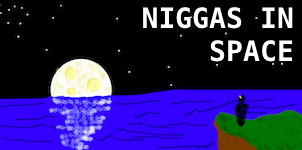

User Controls
Yellow No. 5 makes living tissue translucent
-
2024-09-11 at 3:16 PM UTCCloaking devices are almost a thing
Strongly absorbing dye molecules, when applied topically to biological tissues, can reduce the intrinsic light scattering within these tissues,” the study said. “This effect renders various biological tissues –including the scalp, muscle, and abdomen — transparent.”
https://www.science.org/doi/10.1126/science.adr7935Abstract
References and Notes
eLetters (0)
Information & Authors
Metrics & Citations
Check Access
References
Share
Abstract
It is often said that life imitates art, but rarely does it do so with such a pronounced combination of precision and delay. In H. G. Wells’s 1897 novel The Invisible Man, the protagonist invents a serum that renders the cells in his body transparent by precisely controlling their refractive index to match that of the surrounding medium, air. Because light scattering only occurs at the boundary of two media with dissimilar refractive indices, the cells would no longer scatter light, thus rendering them invisible. One hundred twenty-seven years later, Ou et al. (1) report, on page 1061 of this issue, that biocompatible dyes make living tissues transparent by tuning the refractive index of the surrounding medium to match that of the cells. This approach offers a new means of visualizing the structure and activity of deep tissues and organs in vivo in a safe, temporary, and noninvasive manner